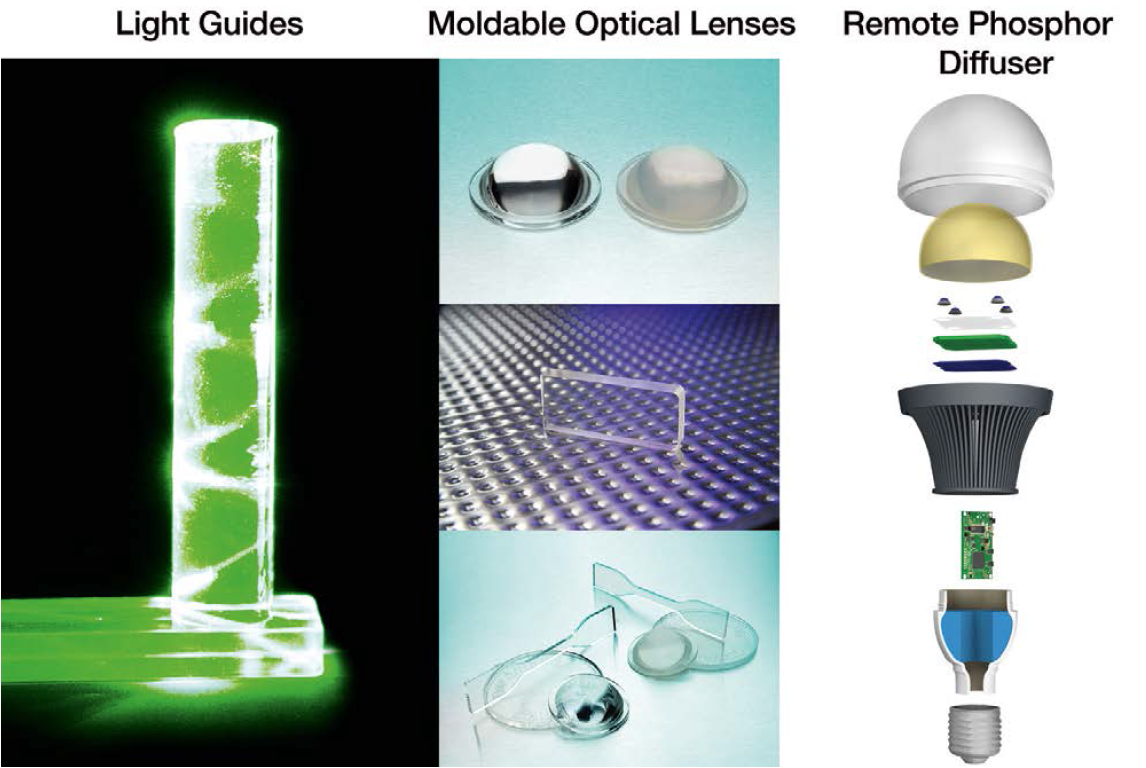
A wave of innovation in personal electronics is breaking. What’s helping drive these changes are several factors including incredibly small, highly integrated and far easier to program microcontrollers and flexible displays and touchscreens combined with silver nanowire-based technology, which no longer has to be flat. Rigid and flat are out. Flexibility is in. Such displays are here and being applied to products that will make today’s tablet computers appear as dated as desktops and push portable computing into entirely new sectors.
It’s no secret that wearable electronics are an exploding consumer category. Designers once struggled to make hard, flat products like notebooks and tablets survive frequent use. But now wearable products are an entirely new game. The good news is that touchscreen flexibility, a rather desirable feature for things attached to humans, is being significantly enabled by a leap forward in materials for touch-enabled products.
Flexibility = Wearability
In addition to providing enhanced portability, flexible electronics and touch interfaces also provide greater survivability and allow virtually unlimited design creativity. Flexible touch displays help enable flexible ergonomics, which can better withstand the harsh portable environment. Imagine unbreakable phone screens that flex instead of shattering when dropped. Consider a folding or roll-up a seven-inch tablet that slips into your pocket. How about a display that wraps around your arm, or even a huge public display wrapping around a pillar or a building like neon lighting does? We are driving toward products like these and they’re creating increasing demand for flexible, bendable and even rollable touch screens.
Some of these possibilities include but aren’t limited to curved-shaped smartphones, flexible tablets, as well as wearable smart bracelets and watches. Such products are particularly enabled by flexible touchscreen interfaces. Most importantly there is zero-downside in moving to flexible touch interfaces using silver nanowires versus rigid ones based on indium tin oxide (ITO), the traditional conductive material in flat touchscreens.
More Innovation, Lower Cost
Overall, silver nanowire-based touchscreens range from slightly less to significantly lower cost than equivalent ITO film-based solutions. The manufacturing/patterning processes don’t use chemicals; there aren’t waste disposal problems so it’s a greener way of making new touchscreens. Specifying silver nanowire-based touch technology doesn’t have a downside. Overall, its costs range from slightly less to significantly less than the cost of equivalent ITO, film-based solutions. Its advantages are numerous. The material is cost-effectively accelerating the transition to flexible and wearable devices and products we used to only imagine.
Enhancing the User Experience
As expectations for low-cost, high-performance products grow, so does demand for higher quality touch screens. Meeting today’s advanced standards means touch screens must be thin, light, visible in various ambient light conditions, highly responsive and of course low-cost. Fast responding transparent touchscreens are essential to the desired user experience. This result can only be achieved with highly transparent conductors not visible to the eye. An essential enabler of these important benefits is silver nanowire conductor technology.
For emerging touchscreen applications, including large-area touchscreens, as well as miniature, flexible wearable displays, silver nanowires offer a significant advantage, both in cost and performance. The material is already being used in several consumer products. Roll-to-roll processed silver nanowire transparent conductors are the clear choice for new production facilities needing high throughput and easy processing. They’re also on target for CE OEMs needing a thin, light, flexible material delivering high performance for their next killer product.
And for designers looking for creative possibilities, ask your suppliers about single-layer touchscreens and the higher conductivity, lower power consuming, silver nanowire-based solutions that are ready for wearable, flexible devices.


